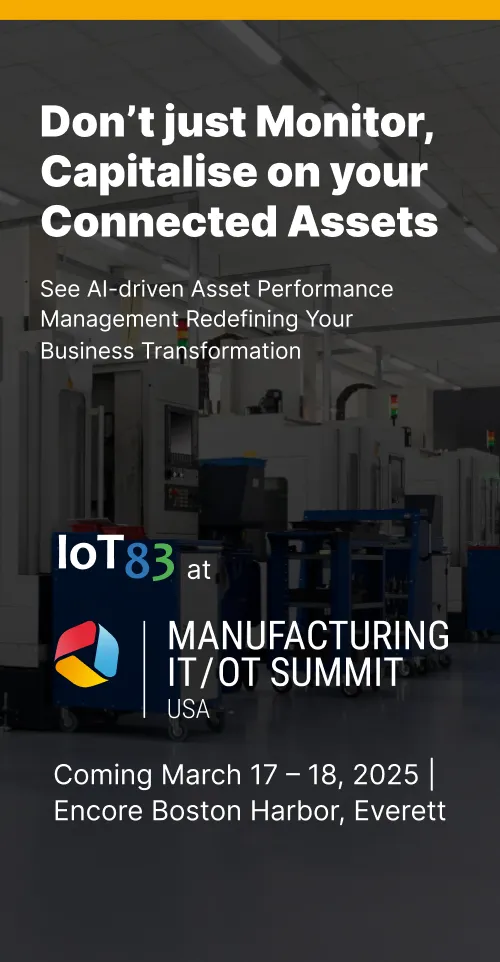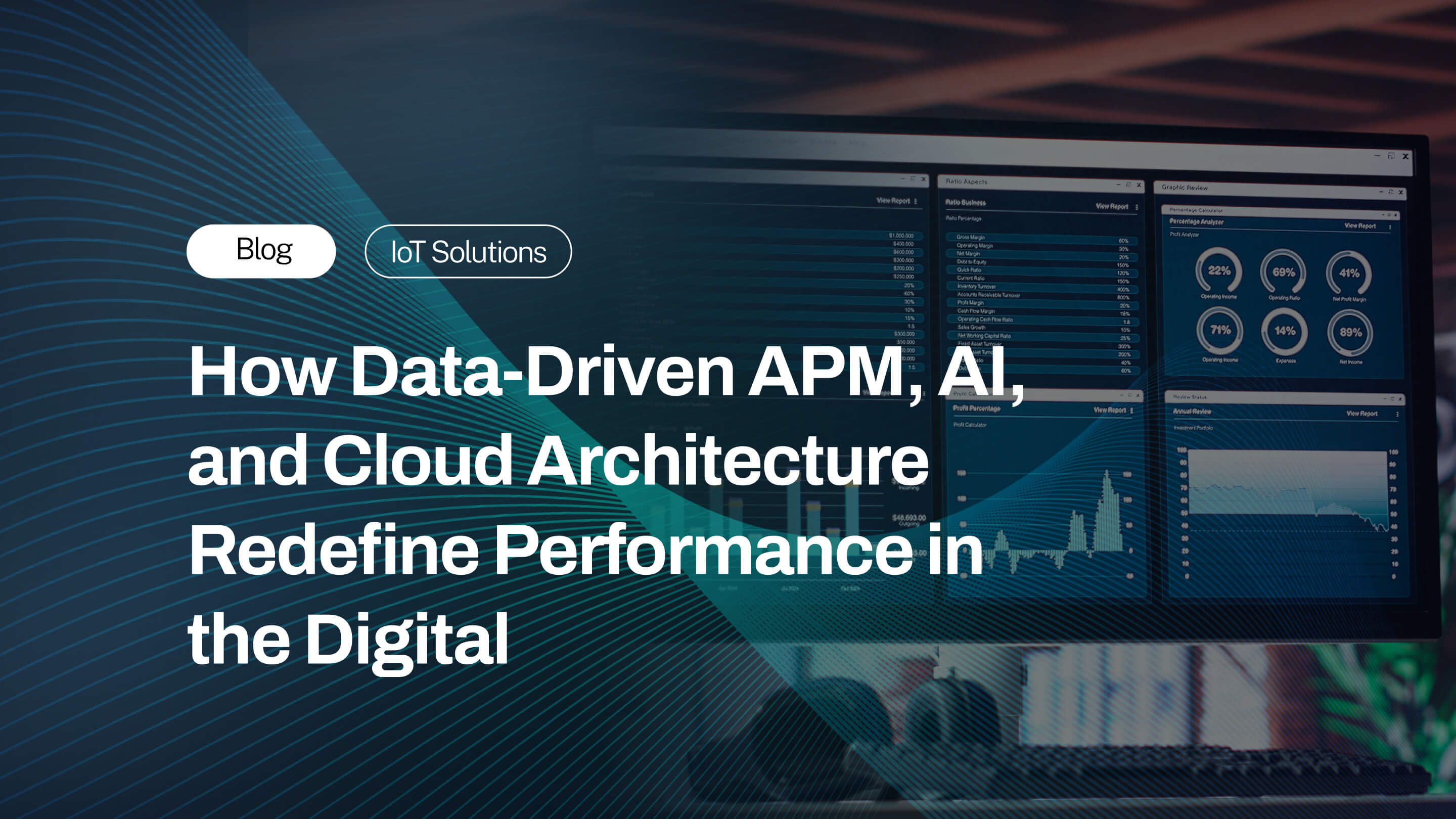Introduction: Why Data Pipeline Automation Matters in Industrial IoT
Imagine walking into a modern manufacturing facility where thousands of sensors continuously monitor temperature, vibration, pressure, and dozens of other parameters across your production lines. Every second, these sensors generate millions of data points that hold the key to preventing equipment failures, optimizing energy consumption, and improving product quality.
Yet, most organizations struggle to extract value from this data deluge. Data engineers spend 60-80% of their time on manual data wrangling—copying files, writing transformation scripts, monitoring jobs, and fixing broken pipelines. Meanwhile, critical insights remain buried in data silos, predictive maintenance models wait for training data, and expensive equipment failures happen because warning signals never reached the right people in time.
This is where data pipeline automation transforms industrial operations. By creating self-operating workflows that continuously collect, validate, transform, and deliver data without manual intervention, automation frees your team to focus on what matters: building analytics that predict failures, optimize operations, and drive business value.
In this comprehensive guide, we'll explore how to build automated data pipelines specifically for Industrial IoT environments. Whether you're dealing with legacy SCADA systems, modern cloud-native architectures, or hybrid deployments that span factory floors to cloud platforms, this guide provides the practical knowledge you need to succeed.
What Exactly Is a Data Pipeline?
Simply put, a data pipeline is a series of automated processes that move data from a source (like a sensor or ERP system) to a destination (like a data warehouse or dashboard).
A typical industrial pipeline carries out several steps:
- Extraction: Capturing raw data from systems like SCADA, MES, or edge devices.
- Validation: Ensuring the data is clean, within range, and consistent.
- Transformation: Structuring it into a format that analytics tools can understand.
- Loading: Storing processed data in data lakes or visualization tools.
- Monitoring: Continuously checking flow and integrity in real time.
What is Data Pipeline Automation?
At its core, a data pipeline is the infrastructure that moves data from source systems (sensors, machines, databases) through a series of transformation steps, ultimately delivering it to destinations where it can be analyzed and acted upon.
Data pipeline automation means these workflows run continuously with minimal human oversight. Instead of manually extracting yesterday's production data, writing scripts to clean it, and uploading it to your analytics platform, an automated pipeline handles all these steps automatically, on schedule, with built-in error handling and monitoring.
Why Automation Matters in Industrial IoT
In a connected factory environment, manual data movement is impossible to scale. Industrial data flows in milliseconds—from energy meters, pressure sensors, to predictive maintenance models running at the edge.
Without automation:
- Data latency slows down insights.
- Engineers waste hours fixing integration errors.
- Machine health insights arrive too late to act.
Automating your data orchestration layer ensures continuous flow, minimal error, and faster decision-making.
How Are Automated Data Pipelines Classified?
Understanding various classifications helps industrial enterprises select the right automation strategy aligned with their operational goals. Here are the major types, explained with examples:
ETL vs. ELT Pipelines
ETL (Extract, Transform, Load) pipelines first extract raw data from diverse sources, then transform it—cleaning, enriching, and reformatting the data—before loading it into the target storage system. ETL is traditional and suited for scenarios where data must be heavily processed before analysis.
Example: A manufacturing plant extracts sensor readings from PLCs, applies transformation rules to align measurements with engineering units, and only then loads them into a data warehouse for quality reporting.

ELT (Extract, Load, Transform) pipelines invert this by extracting and loading raw data into a staging area or data lake first, and then performing transformation inside the target system. ELT is popular in cloud-native architectures leveraging scalable computing power for flexible data exploration.
Example: An energy company streams raw equipment telemetry directly into a cloud data lake, where data scientists run ad-hoc transformations and analytics queries using Spark or Snowflake.
Industrial organizations often choose ETL for structured, repeatable data workflows and ELT for exploratory, large-scale analytics on heterogeneous data.

Batch vs. Real-Time Pipelines
Batch pipelines periodically collect, process, and deliver large data sets, often during off-peak hours. They are suitable for workloads where immediate insight is not essential, like monthly reporting or historical data analysis.
.jpg)
Real-time pipelines process data continuously as it arrives, minimizing latency to deliver immediate insights. They enable rapid responses and dynamic decision-making.
Because Industrial IoT often demands quick detection of failures or quality issues, real-time pipelines are increasingly essential for operational safety and efficiency.
.jpg)
On-Premises vs. Cloud-Native Pipelines
On-Premises pipelines run entirely within an enterprise’s own infrastructure—data centers physically close or within factory premises. They offer tighter control over data residency, latency, and compliance but may have scaling challenges.
Cloud-Native pipelines leverage cloud platforms to build automated, elastic, and managed pipeline services. These pipelines scale effortlessly on demand, integrate with advanced analytics, and reduce operational overhead.
Most organizations adopt hybrid strategies that combine edge or on-premises capture with cloud-native orchestration and analytics for agility and compliance.
Key Challenges in Industrial IoT Data Pipelines
Before diving into automation, it’s essential to address the industrial-specific challenges that differentiate Industrial IoT from regular IT data systems.
- Data Volume and Velocity: Billions of IoT signals stream every day, requiring highly scalable ingestion engines like Kafka or MQTT brokers.
- Legacy System Integration: Older machines often lack modern connectivity. Learn how to modernize legacy equipment in Integrating IoT in Legacy Systems with AIoT Platform.
- Data Quality: Harsh factory conditions cause noise, missing data, and drift—necessitating continuous validation.
- Security and Compliance: Industrial data demands encrypted pipelines and zero-trust frameworks.
- Multi-Protocol Ecosystems: OPC UA, Modbus, and REST APIs must coexist seamlessly, often with the help of orchestration layers like in the Flex83 platform.
How Data Pipeline Automation Works
Automated data pipelines in Industrial IoT follow an intelligent flow—much like a network of synchronized arteries feeding the brain of industrial operations.
- Ingestion Automation: Data from sensors and connected assets is collected via streaming connectors. Platforms like Flex83 automate multi-format ingestion using OPC UA, MQTT, and REST APIs—reducing integration efforts. Learn more in Industrial Data Ingestion: Best Practices for Enterprise Data Collection.
- Transformation Layer: ETL/ELT processes enrich raw sensor readings—aligning units, timestamps, and metadata. This cleaned data becomes meaningful for analytics and AI.
- Quality & Integrity Automation: Automated rules validate dataset accuracy, trace lineage, and ensure compliance.
- Workflow Orchestration: This is the “brain” of data automation—managing dependencies, retries, and recovery automatically.
- Visualization and Alerts: Data dashboards update in real time, notifying teams about asset health, energy efficiency, or anomalies instantly.
Benefits for Industrial Enterprises
- Faster Data to Insight: Automation cuts delays from hours to milli-seconds—critical for predictive maintenance and real-time optimization.
- Cost Efficiency: By removing redundant manual integration and reducing compute workloads, enterprises achieve higher ROI.
- Consistent Quality: Automated lineage tracking means no more manual tracing of broken datasets. Teams always know where each value came from.
- Scalable Growth: Whether adding a new factory line or new sensor arrays, pipelines scale with minimal reconfiguration.
- Democratized Access: Even citizen engineers with basic SQL or Python experience can build and manage pipelines—reducing dependency on specialized data engineers.
Best Practices for Building an Automated Industrial IoT Data Pipeline
To make your automation journey sustainable and cost-efficient, industrial data leaders recommend:
- Adopt Edge-Cloud Synergy: Balance latency-sensitive operations locally while aggregating insights in the cloud.
- Implement Unified Data Orchestration: Centralize monitoring and control for all data flows. (See: Orchestrating Digital Transformation: Making All Your Data Sources Work Together)
- Prioritize Data Security: Enforce encryption, identity management, and access logging across all nodes.
- Embrace Data Fabric Thinking: Integrate multiple systems into a unified, self-healing data fabric.
- Measure What Matters: Quantify maintenance savings, production efficiency, and downtime reductions enabled by automation.
Wrapping Up: Automate to Accelerate
In the world of Industrial IoT, data pipeline automation isn’t just about efficiency—it’s about survival in a data-driven economy. Enterprises that automate their data flow gain real-time visibility, lower costs, and the agility to scale AI adoption faster.
Flex83 AIoT platform proves orchestrating your data pipeline means orchestrating your success.
If you want to dive deeper into how automation complements unified data architectures, check out How to Drive IoT Transformation Through Unified Data Architecture & Real-Time Streaming.


%20(1).jpg)






%20(1).jpg)

